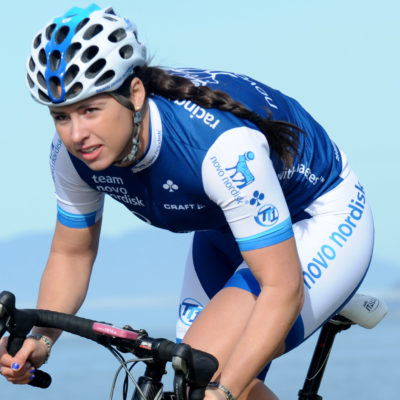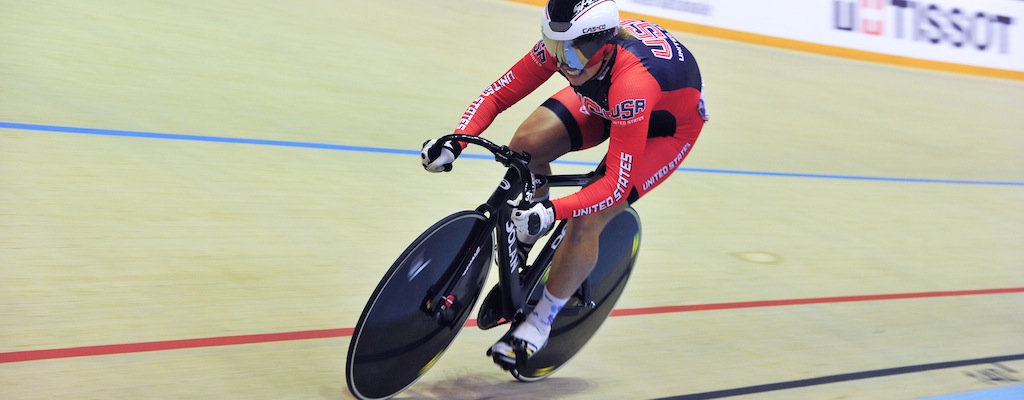Type 1 Training Tips from a National Champion Cyclist
Editor’s Note: Team Novo Nordisk’s Mandy Marquardt will represent the U.S. at the 2018 UCI Track World Championships this Wednesday, February 28, in Apeldoorn, the Netherlands. The 26-year-old will compete as part of USA Cycling’s 14-athlete team, racing the sprint, team sprint and 500-meter time trial events. This is her first UCI Track World Championship appearance.
Cycling has brought me to all areas of the globe, but my home is in Allentown, Pennsylvania, training at the Valley Preferred Cycling Center with Andrew Harris and his program, Sprinter’s Edge. Since I graduated in 2014 from Penn State Lehigh Valley, I have been training full-time for UCI track races, UCI Track World Cups and the 2020 Olympic Games.
One of my biggest goals is to represent my country and Team Novo Nordisk in the 2020 Olympics Games. Not only would it be the pinnacle of my athletic career, but it would also be an incredible platform to inspire, educate and empower those affected by diabetes to pursue their dreams.
I competed for several years before I was diagnosed with type 1 diabetes at age 16. For me, cycling is an adrenaline rush, and I enjoy riding and adventuring to new places. In my first year racing, I won two Junior National Championships. In 2006, I moved to Germany to live with my dad, so that I could go to school and race. At my first German Junior Track Nationals, I took bronze in my favorite event, the 500m Time Trial.

Now, training and racing with diabetes adds another layer that I need to consider and plan around, but in a lot of ways I’m just like every other athlete. As a track sprinter, my events are short and quick.
A typical training week, (including recovery modalities), looks like:
- In total: 15-20 hours a week
- In the gym: two to three days a week, building strength and power
- On the track: four to five days a week
- On the weekend, out on the road: coffee shop rides with friends
- Nuun for hydration and my favorite training/race snacks at the moment are Honey Stinger Bars
During training and racing, I do the following:
- I consistently check my blood sugar to ensure I’m in my target range.
- If my blood sugar is high, I might take medication and make sure I drink water to be appropriately hydrated.
- If my blood sugar is low, I might eat or drink something.
- Most importantly, I work closely with my doctor to find the regimen that works best for me.
In order for me to attack my next workout and prevent injury, I take my recovery as serious as my training. I visit my massage therapist and chiropractor weekly. I enjoy cooking at home, and making steak on the grill. In between training, I’ll usually make a whey protein fruit smoothie or eat something that’s easy to digest. What I do in training is not too far off of my race-day routine.
During racing, there are many variables that affect my blood sugar, including stress and adrenaline. Since sprints are so short, I’m able to monitor my blood sugars before, during and after racing. I continually check my blood sugar on race days and work with my healthcare team to adjust my diabetes regimen with these extra variables.

My pre-race breakfast usually includes:
- a meal high in complex carbohydrates, made up of grains or cereals
- a portion of protein
- For post race recovery, I might drink a shake with carbohydrates and protein
Racing with diabetes is another variable that I factor in, but when I’m on the start line, I’m no different than my competitors. We all want to win.
For more inspiring athletes, check out Team Bike Beyond





